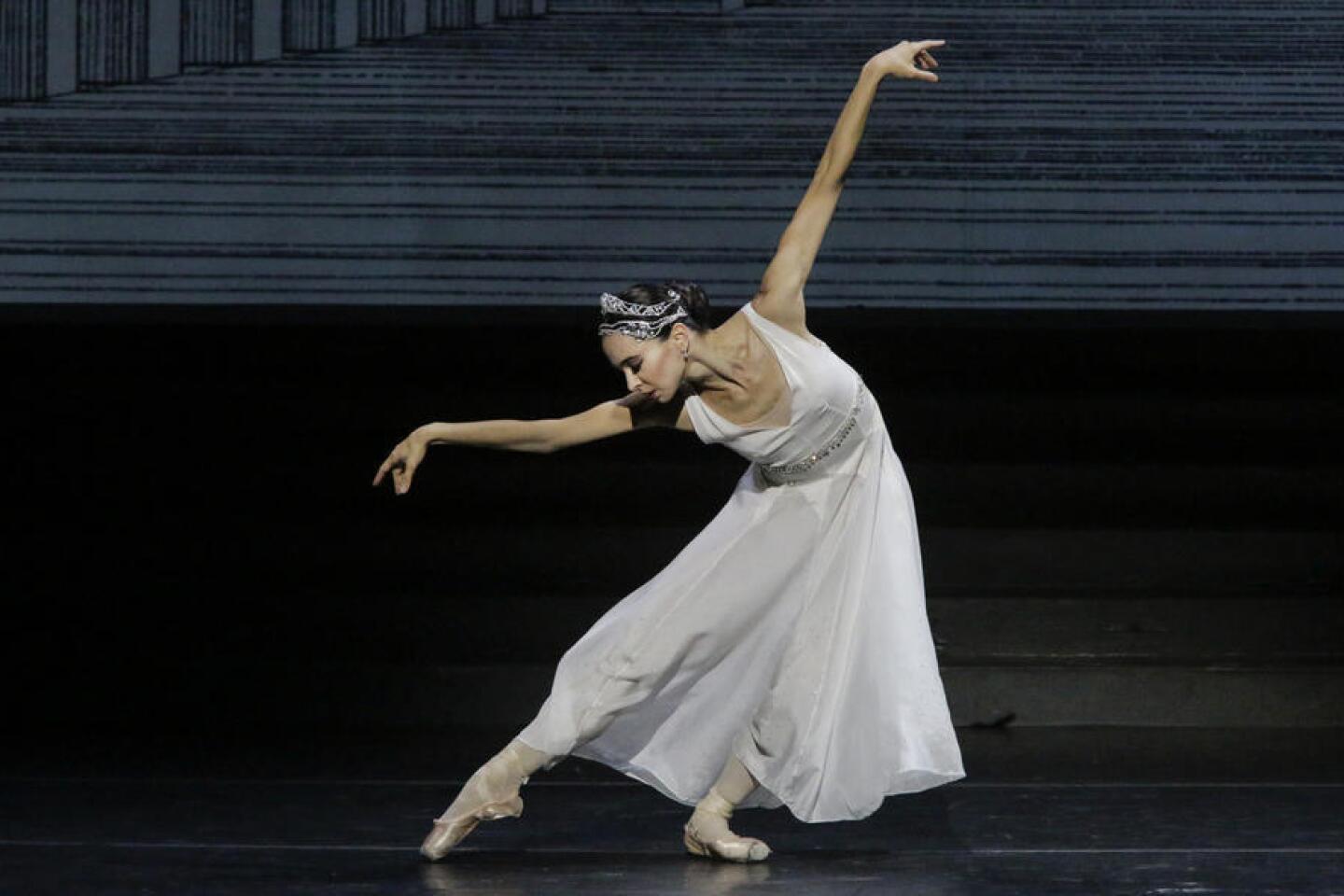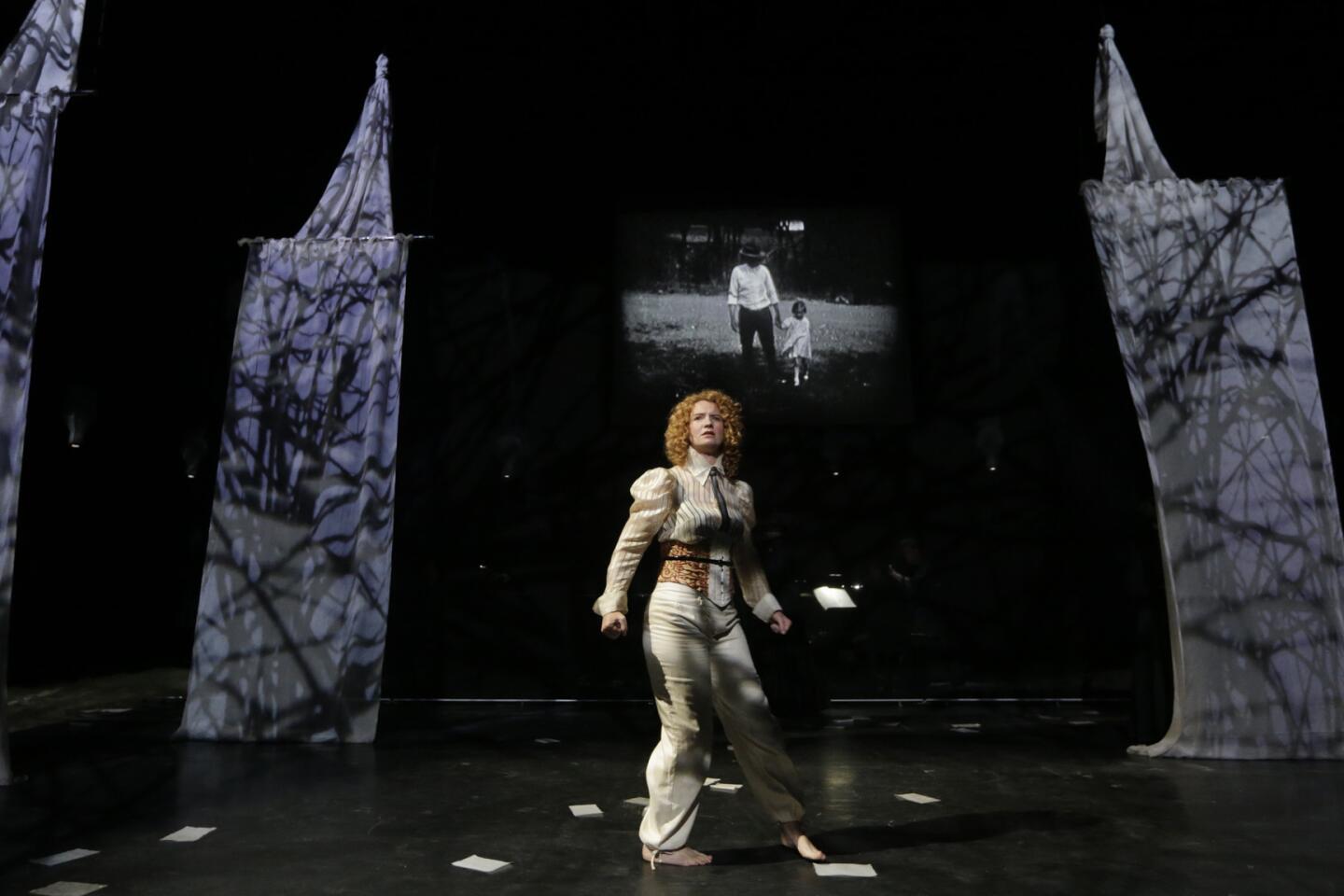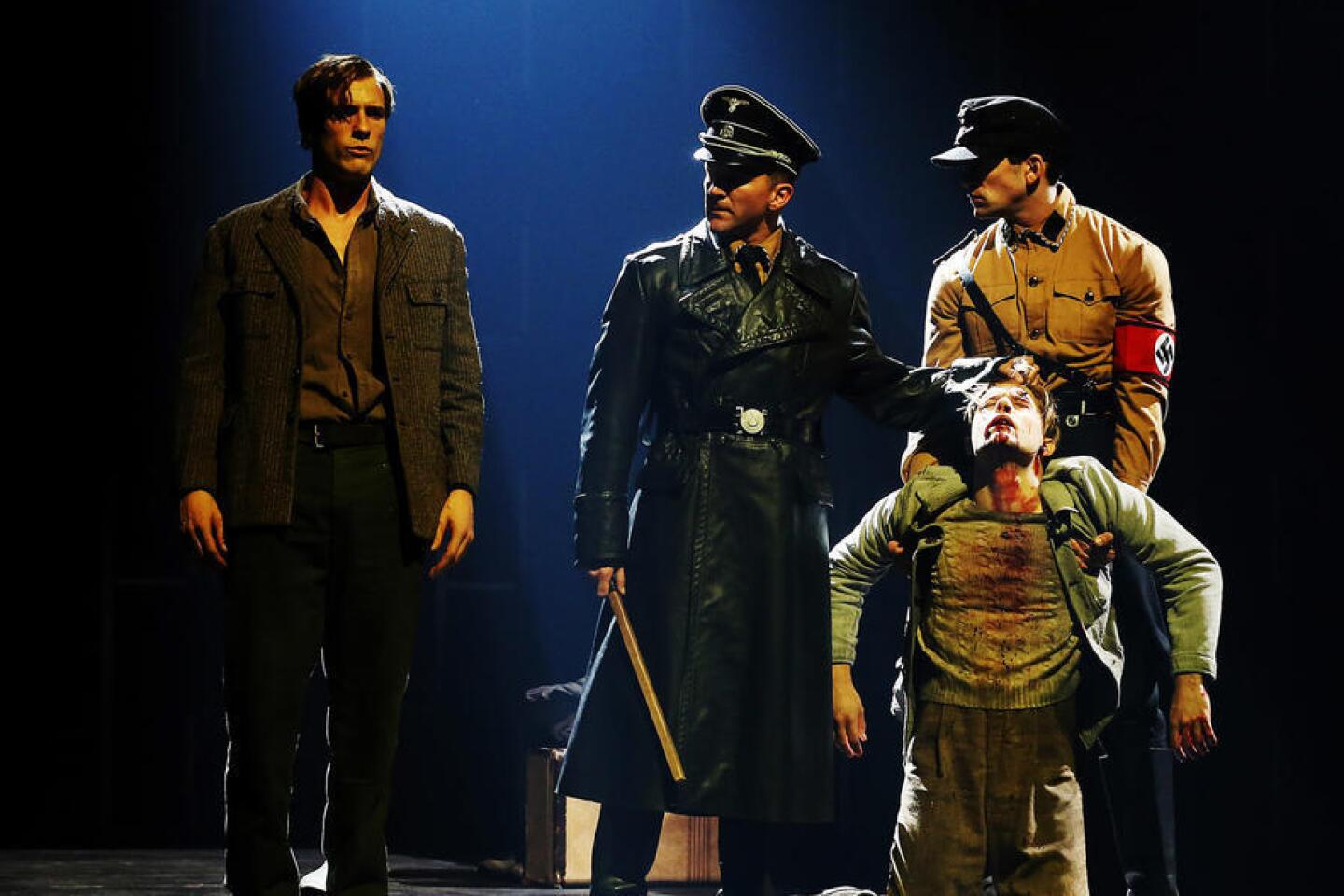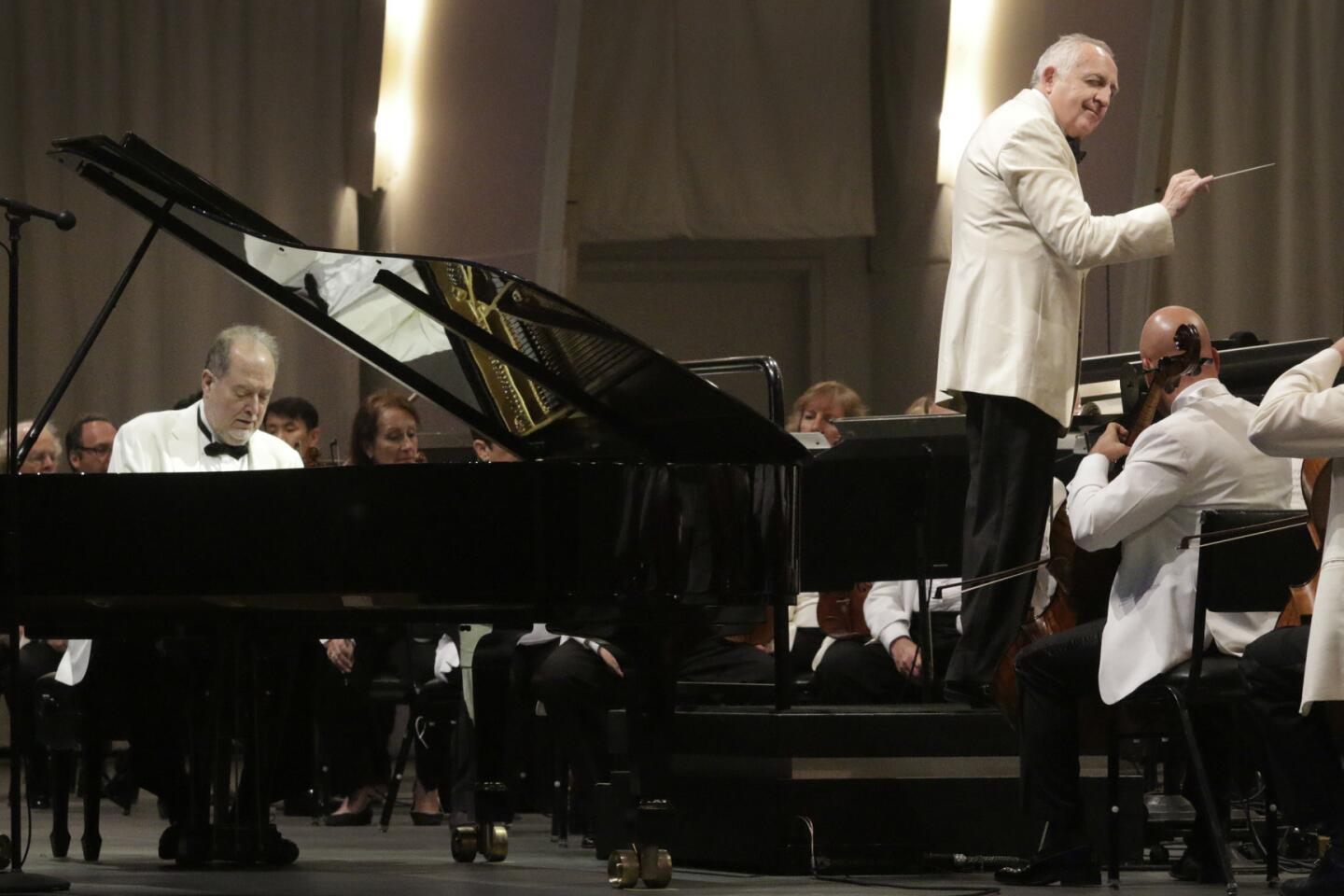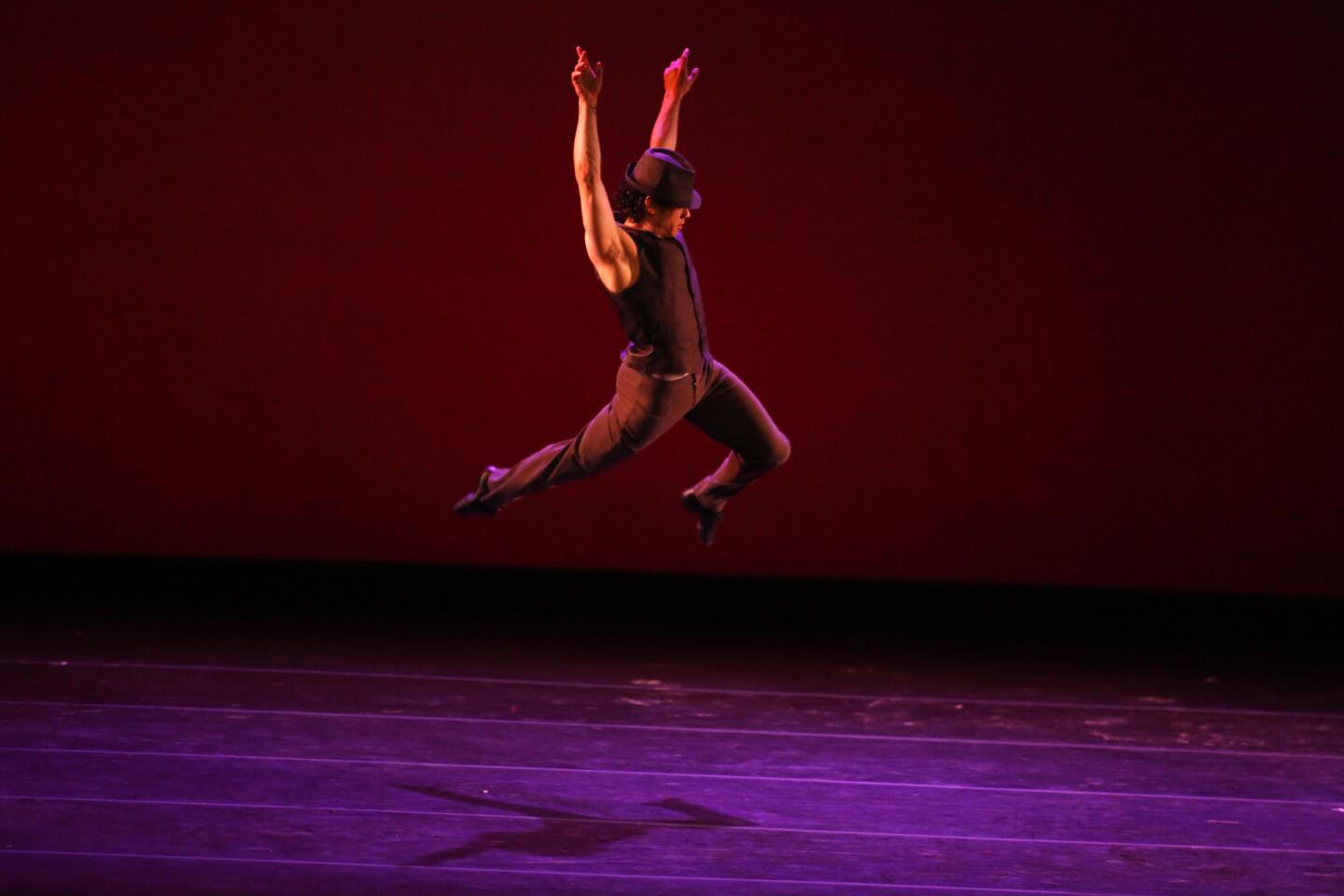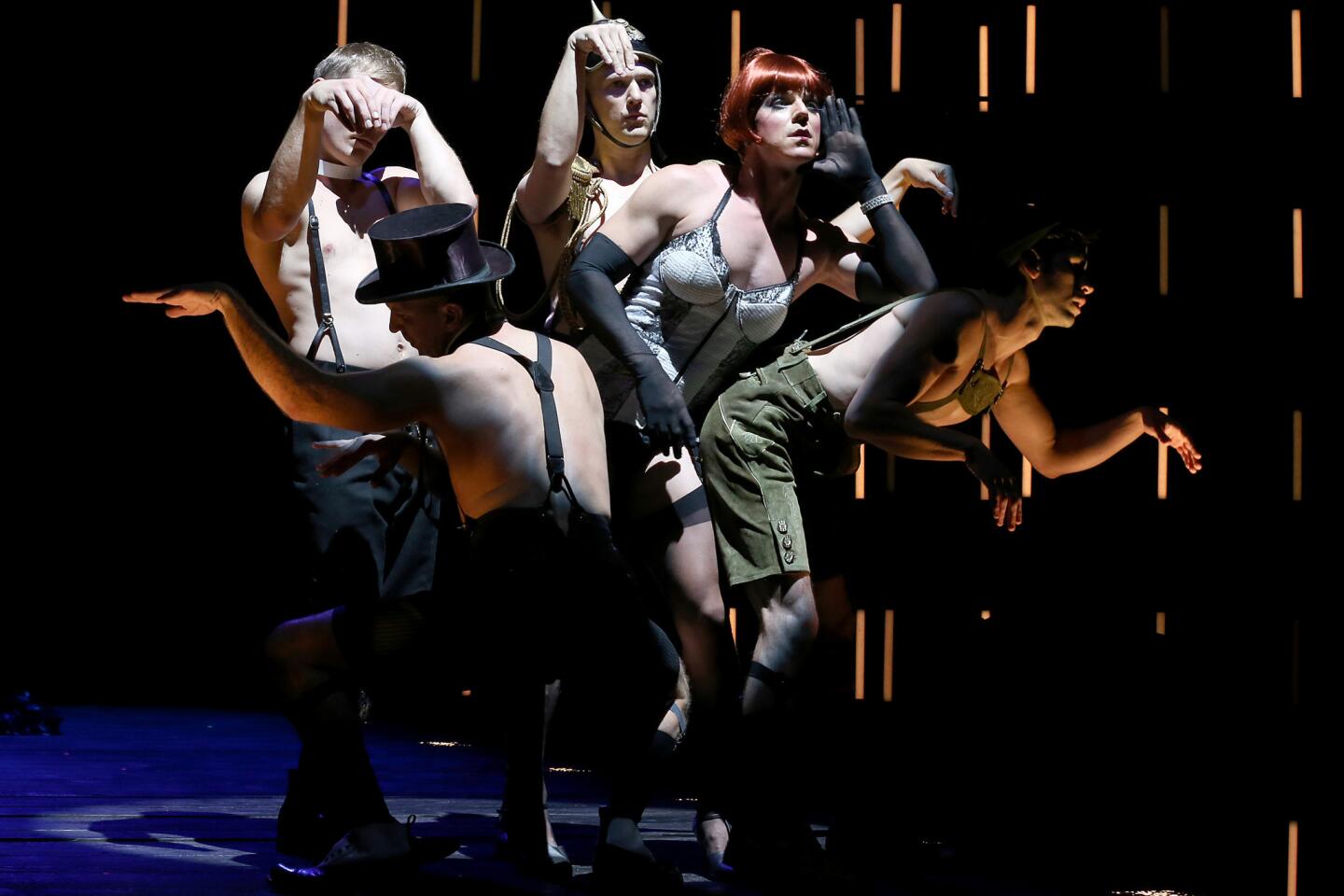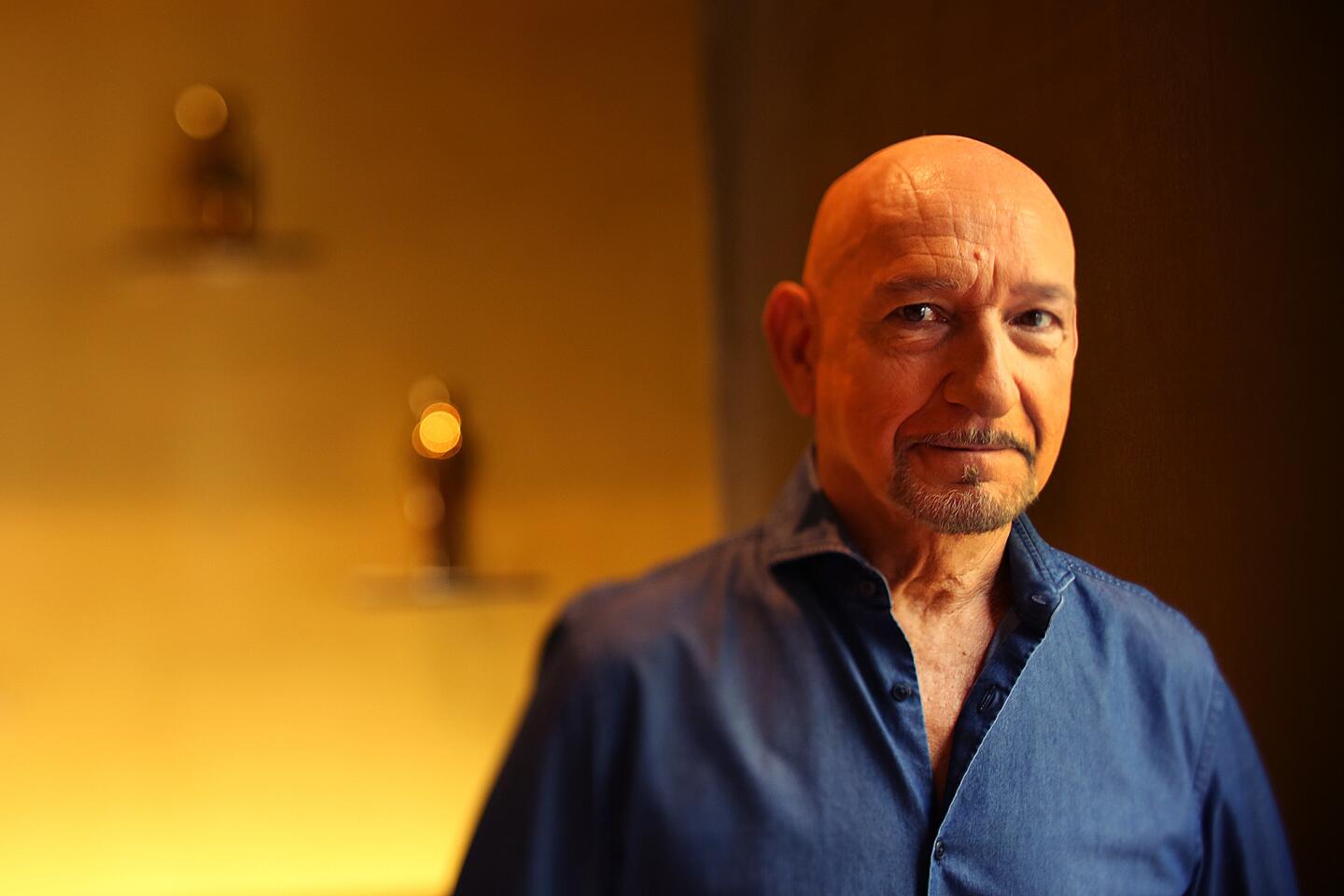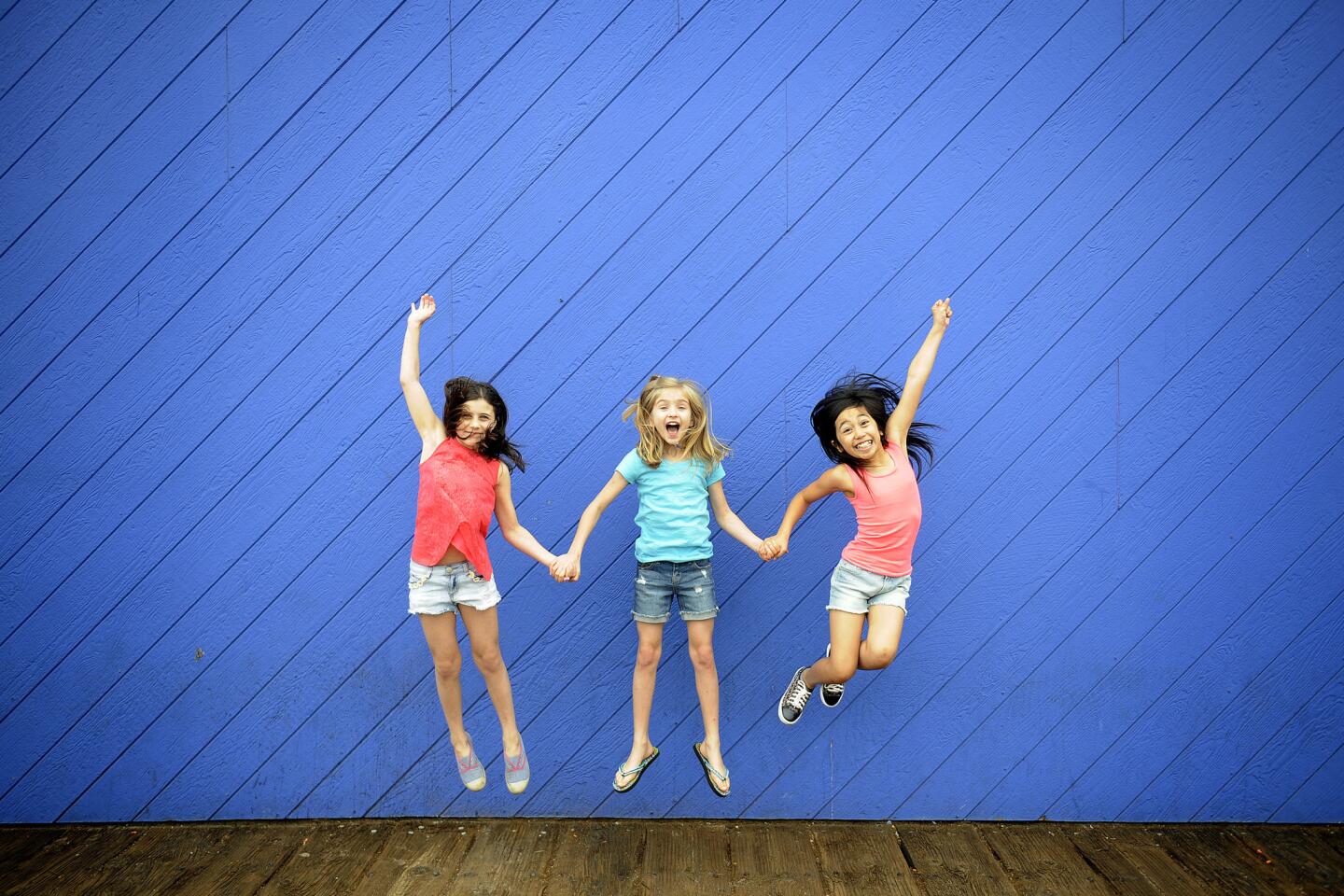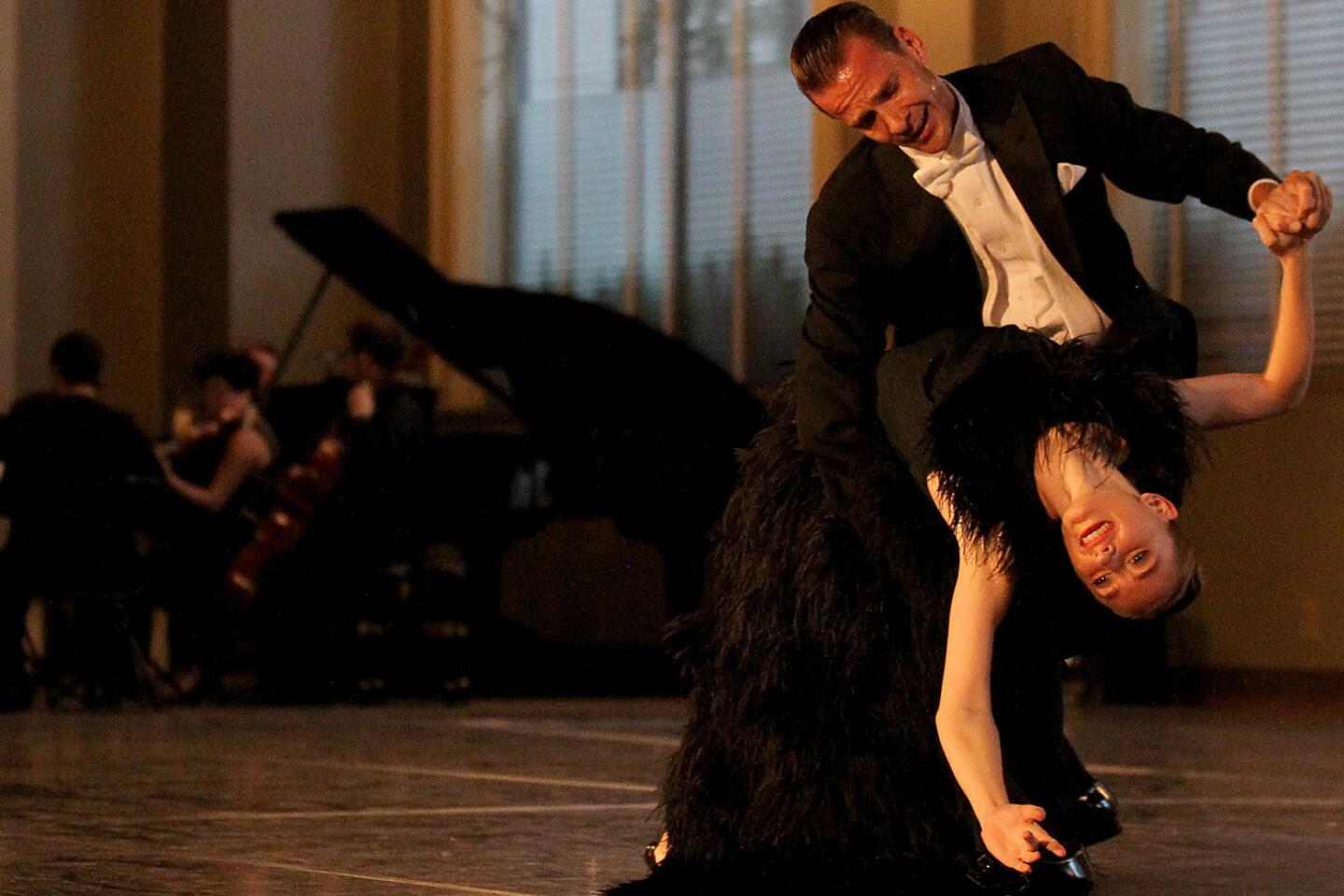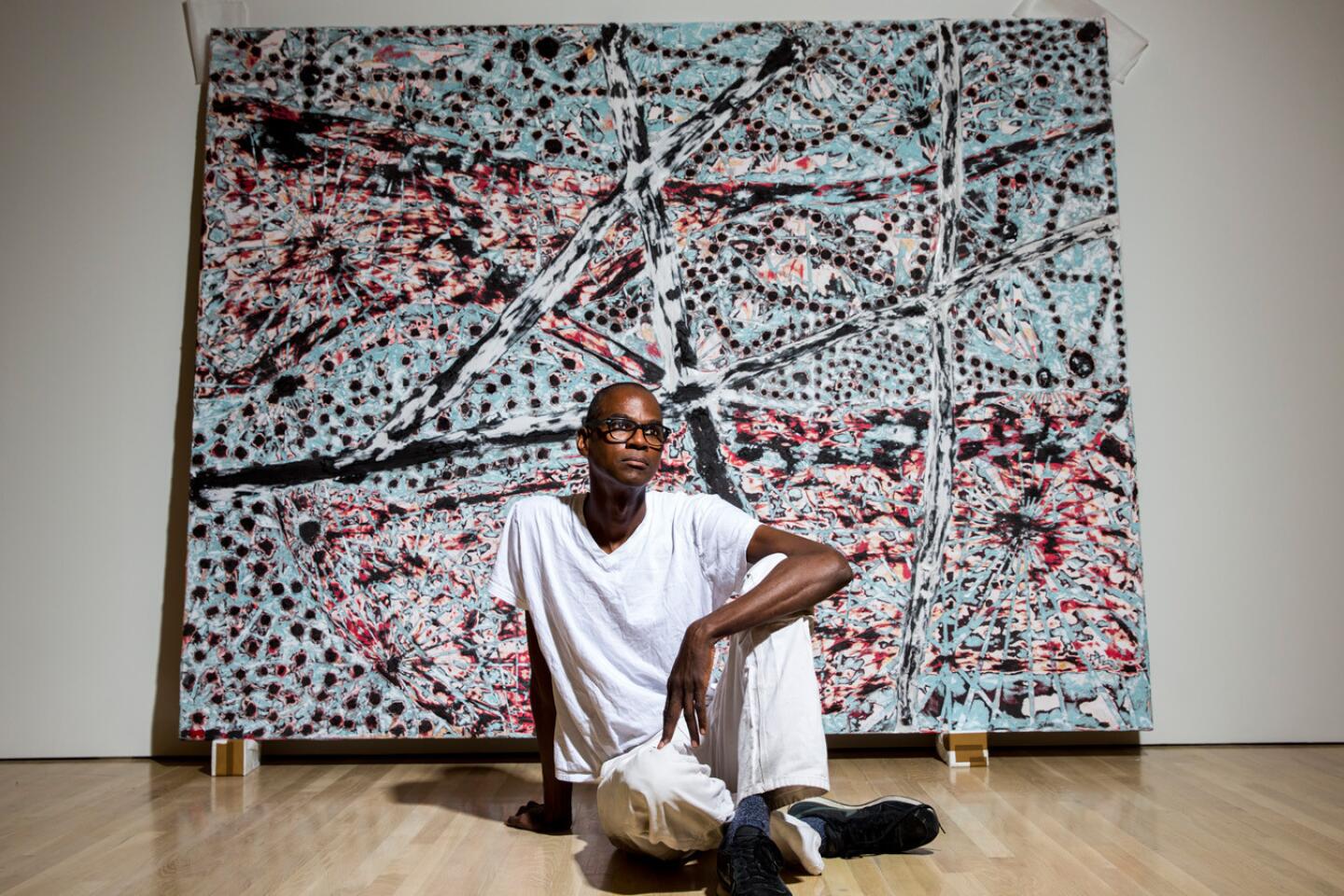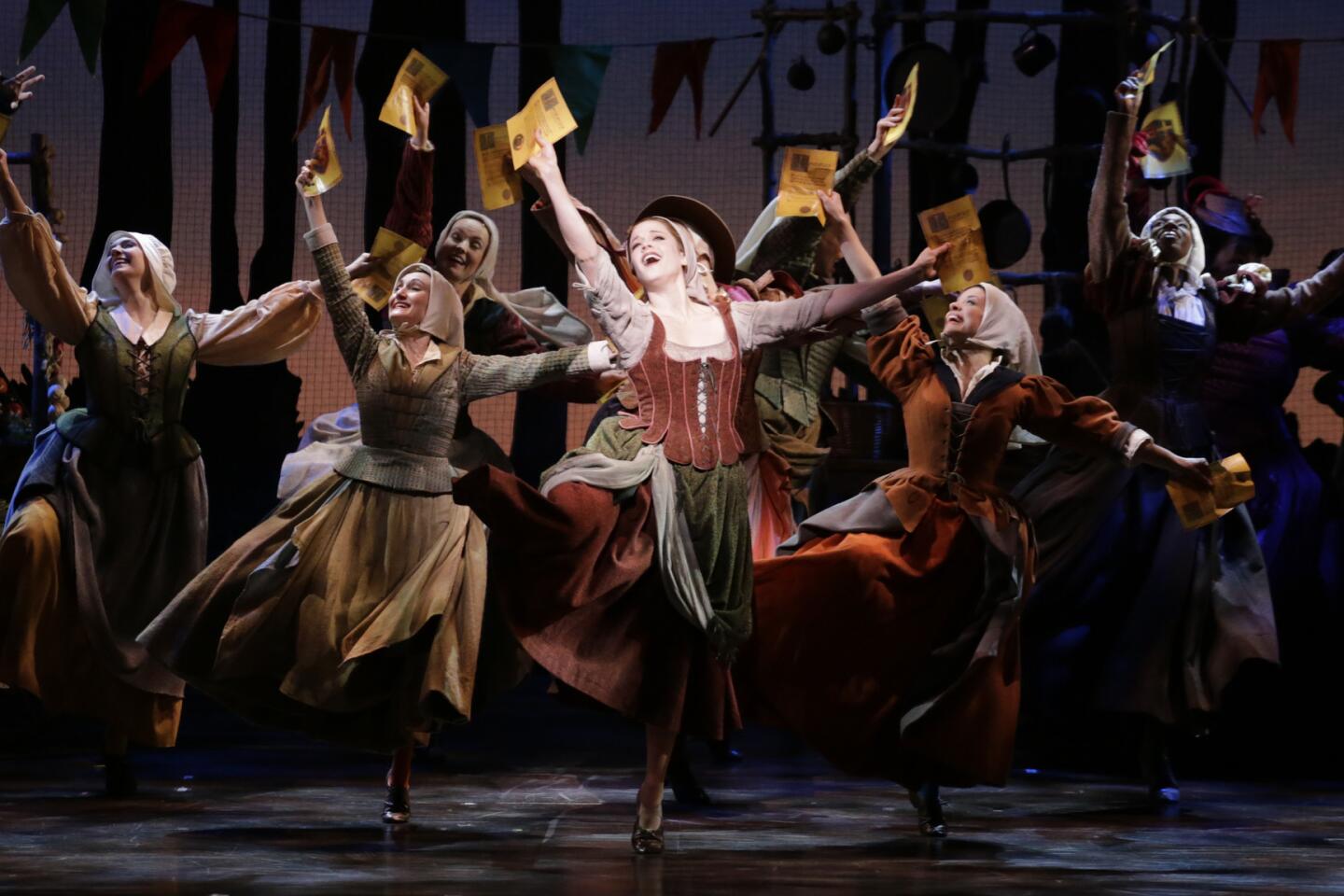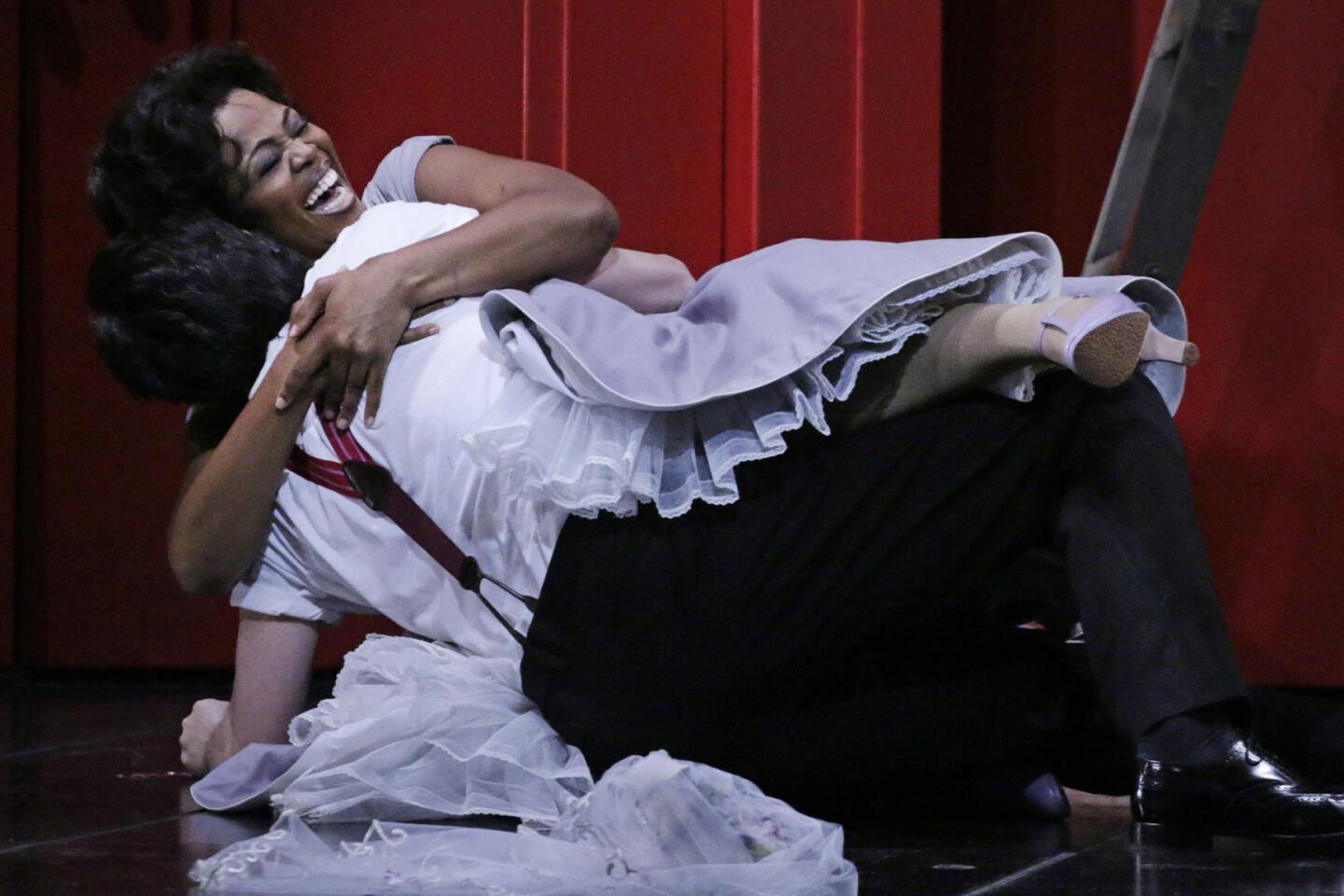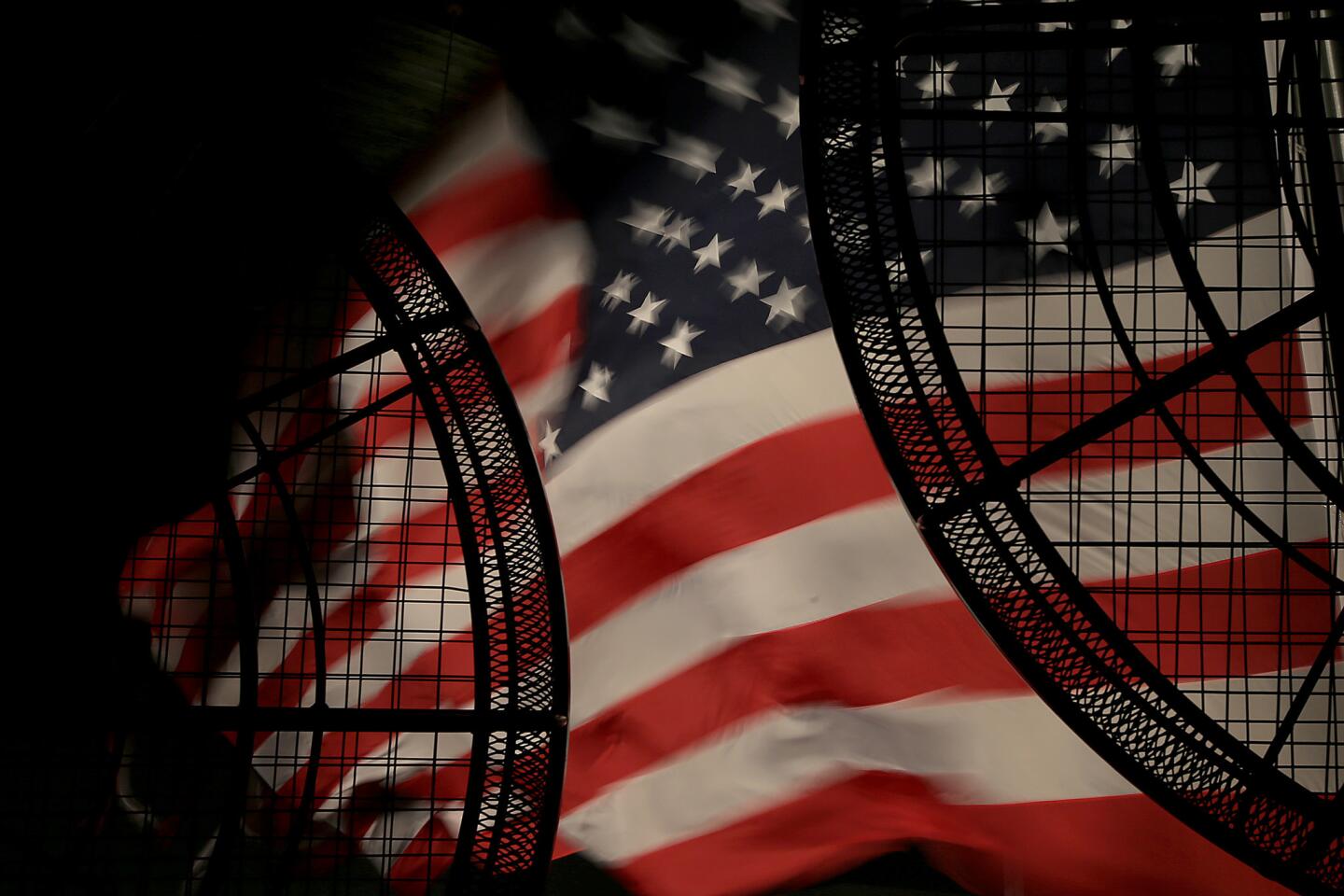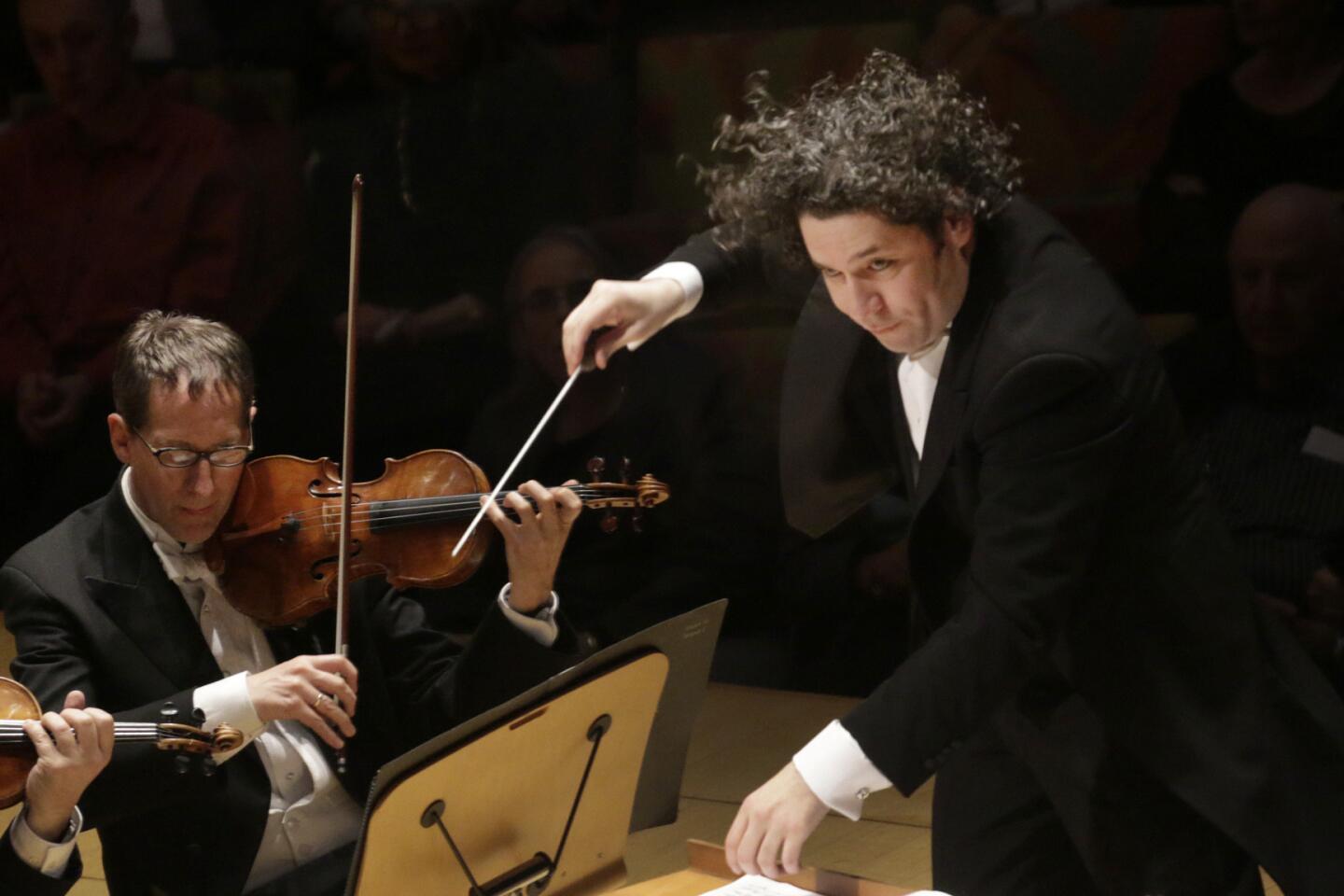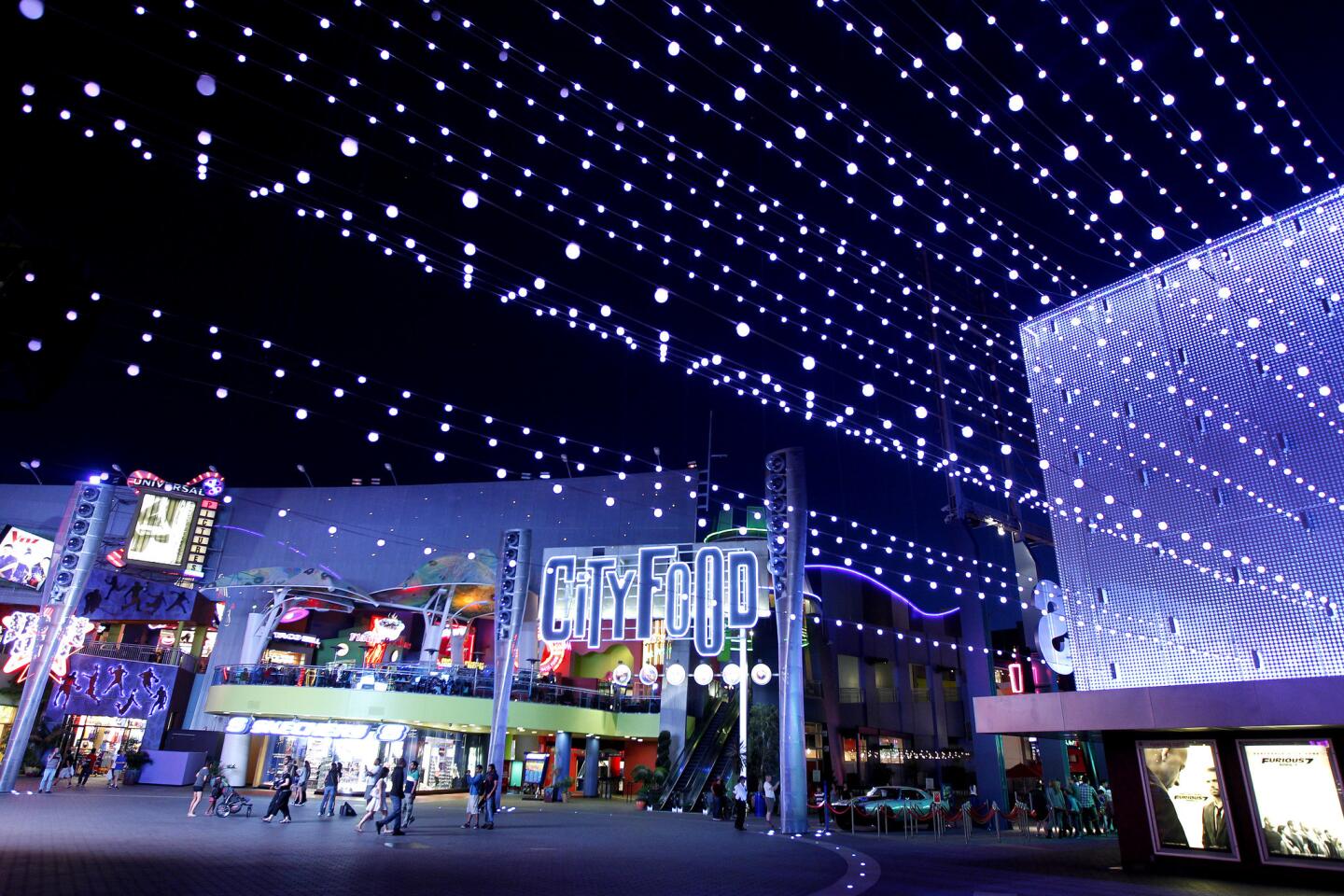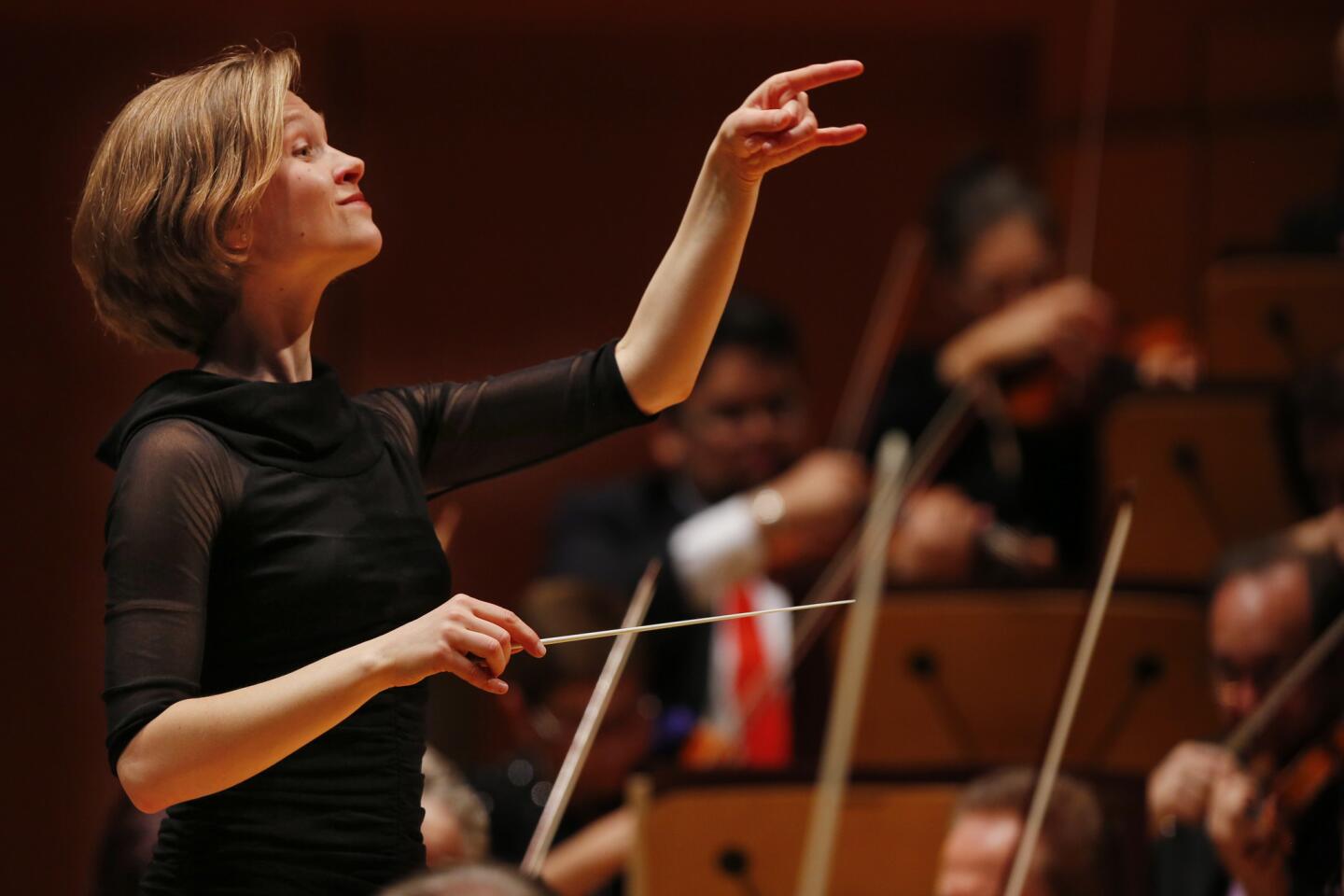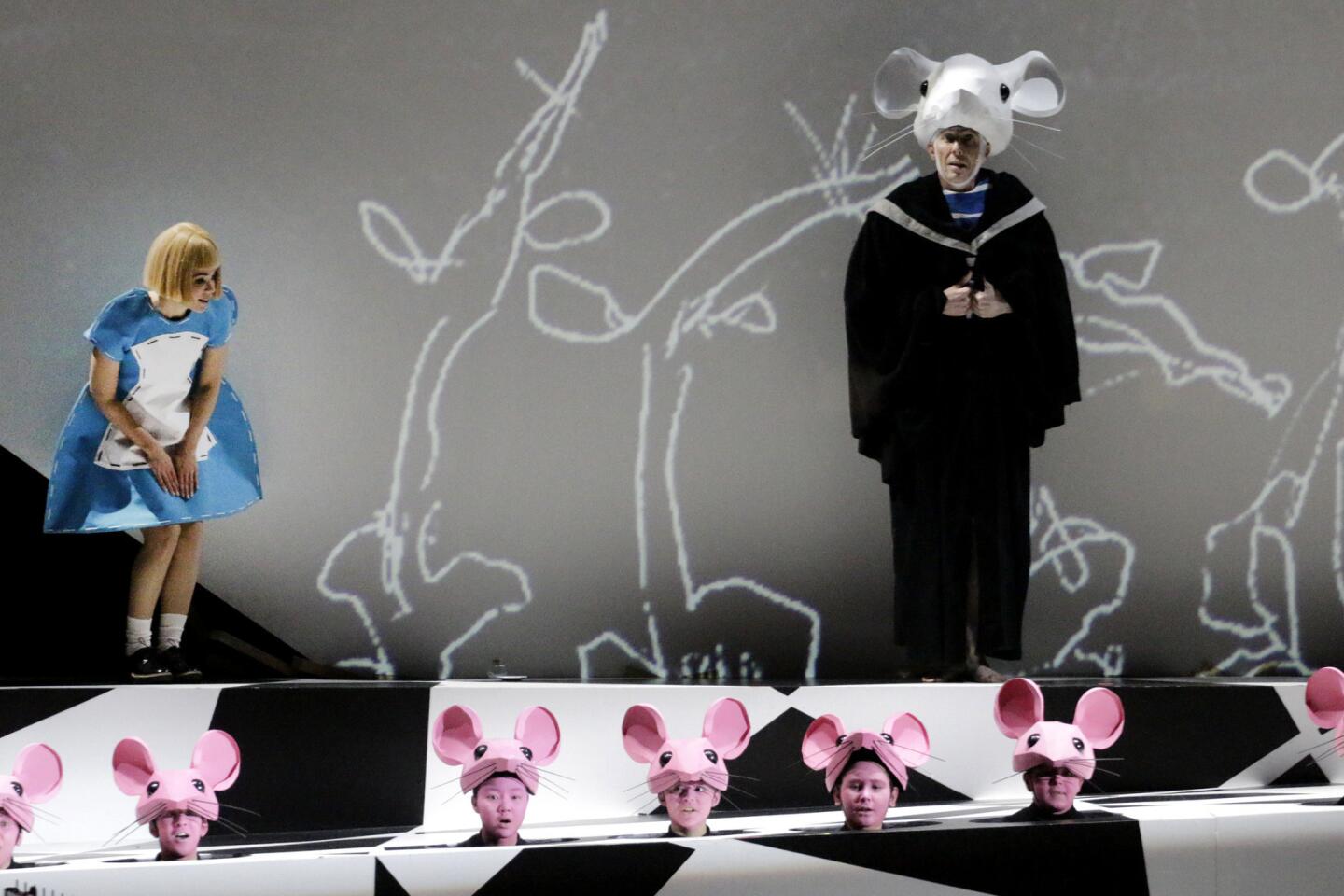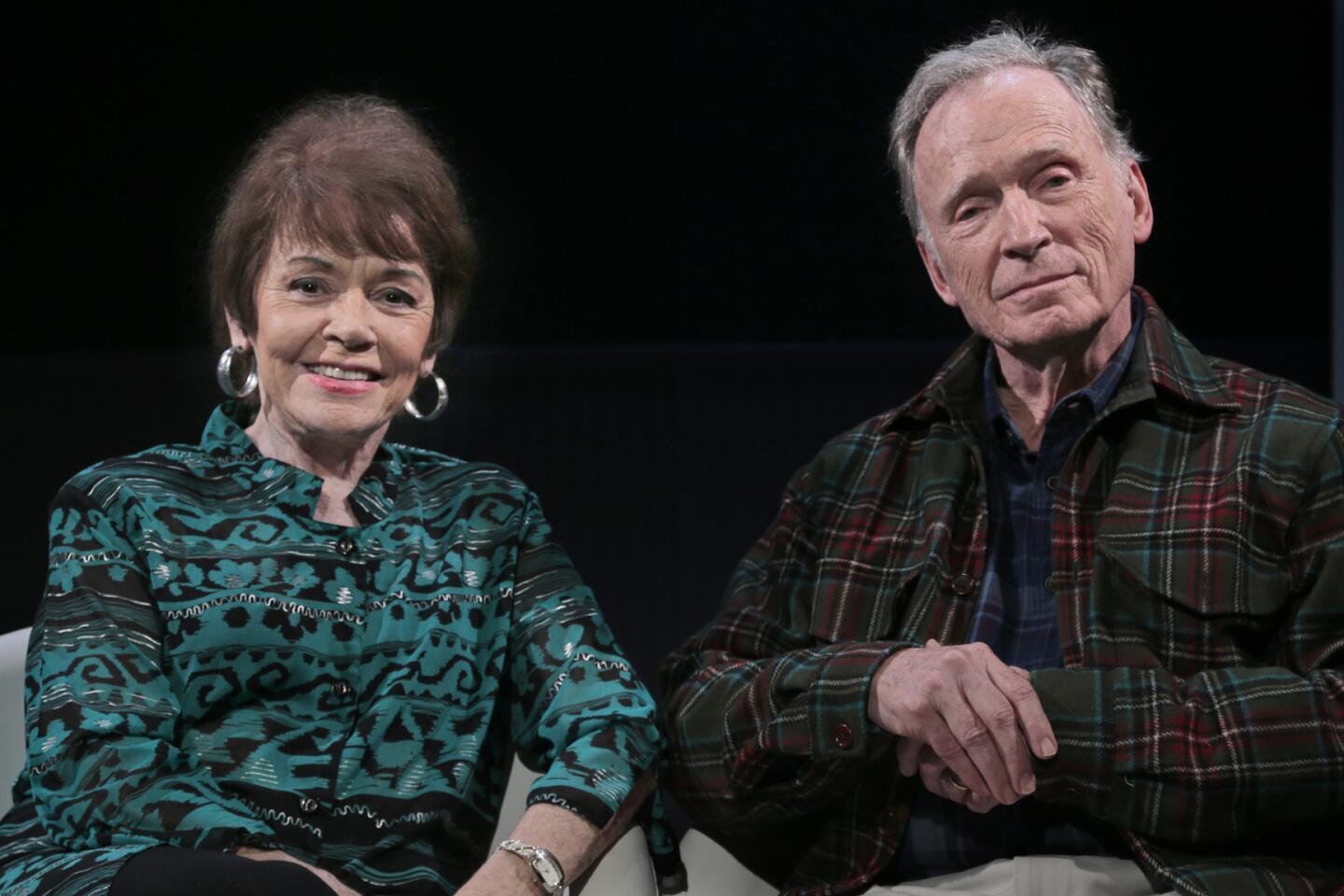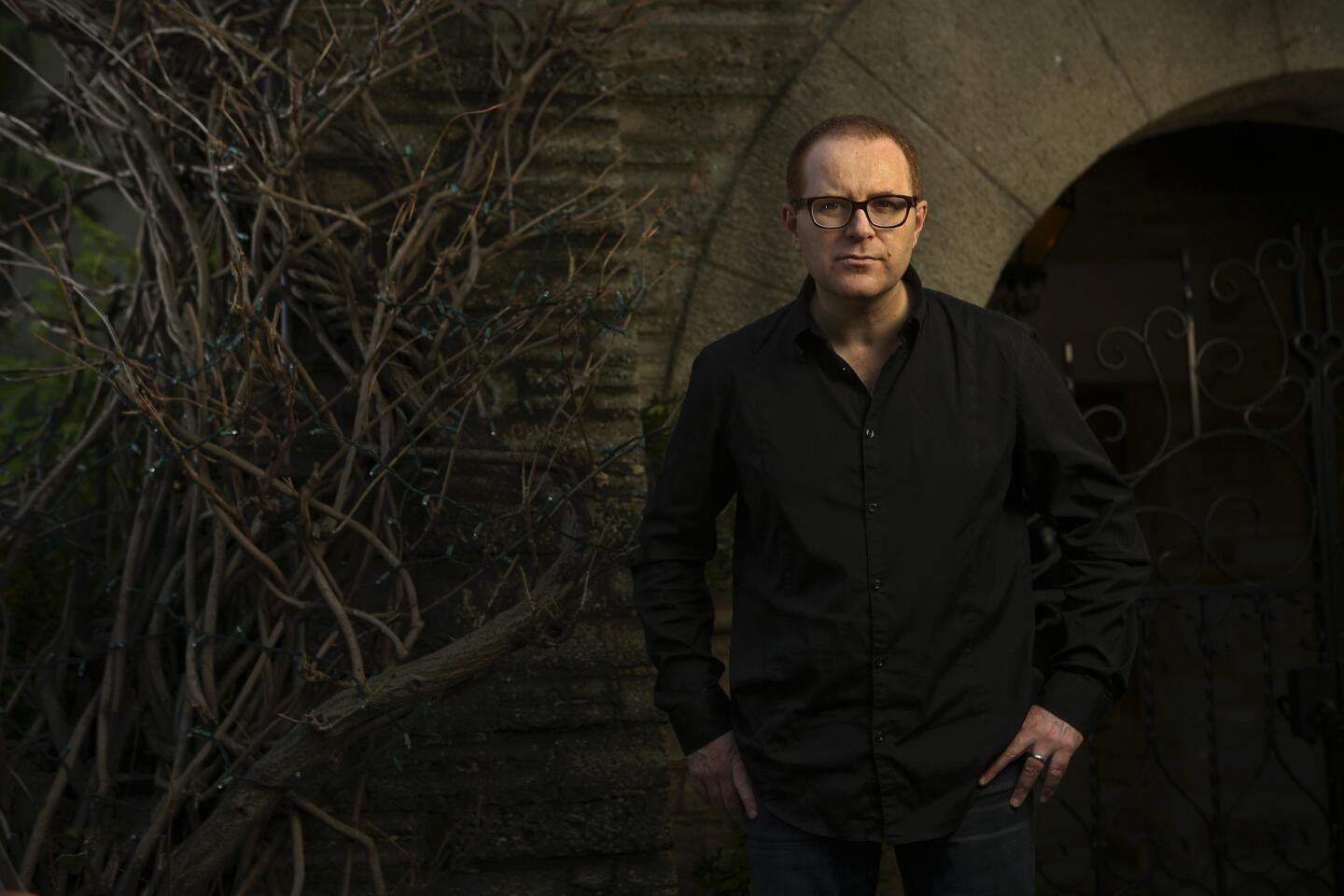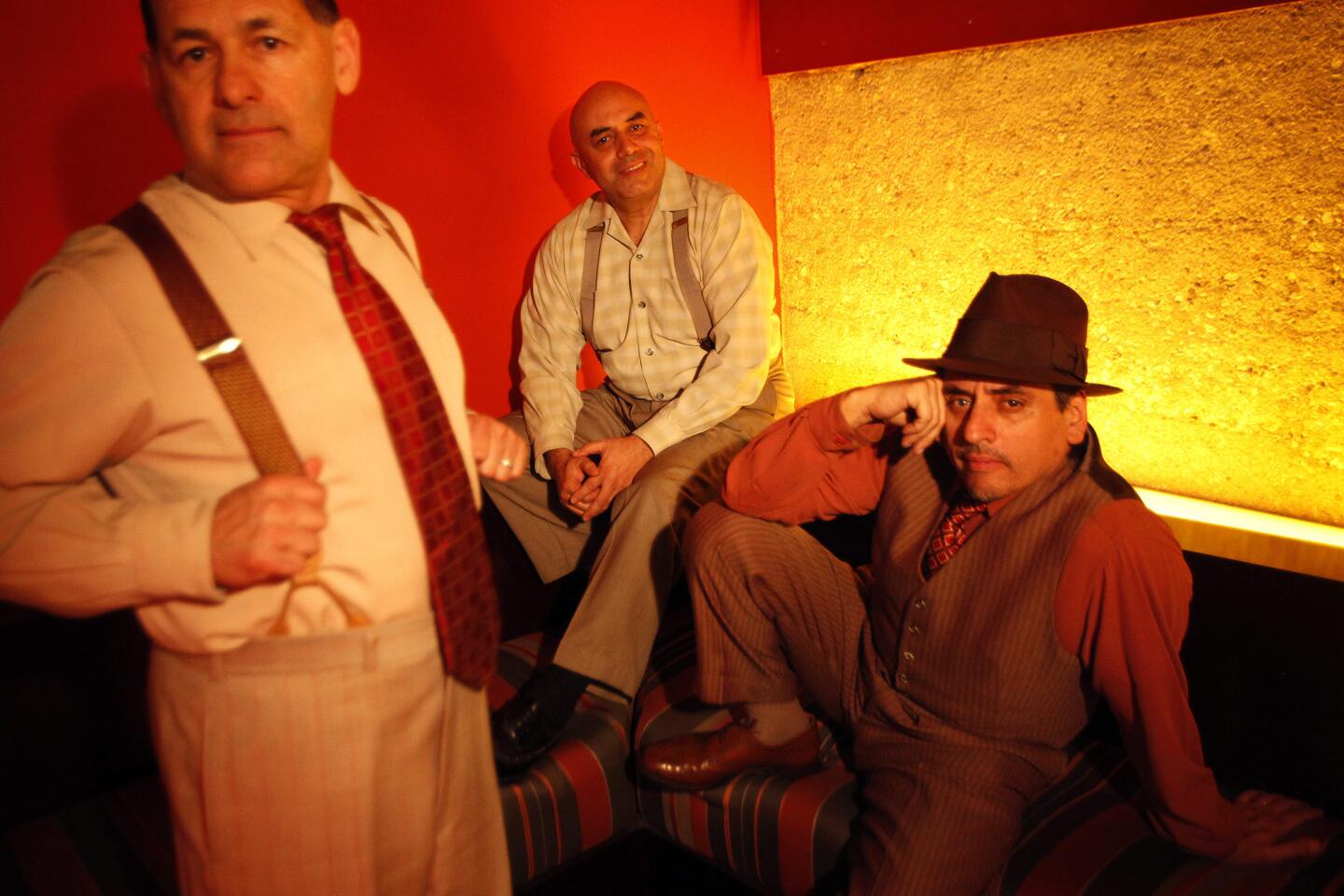Amid an epic dispute over the future of L.A.’s Southwest Museum, a new report sees hope
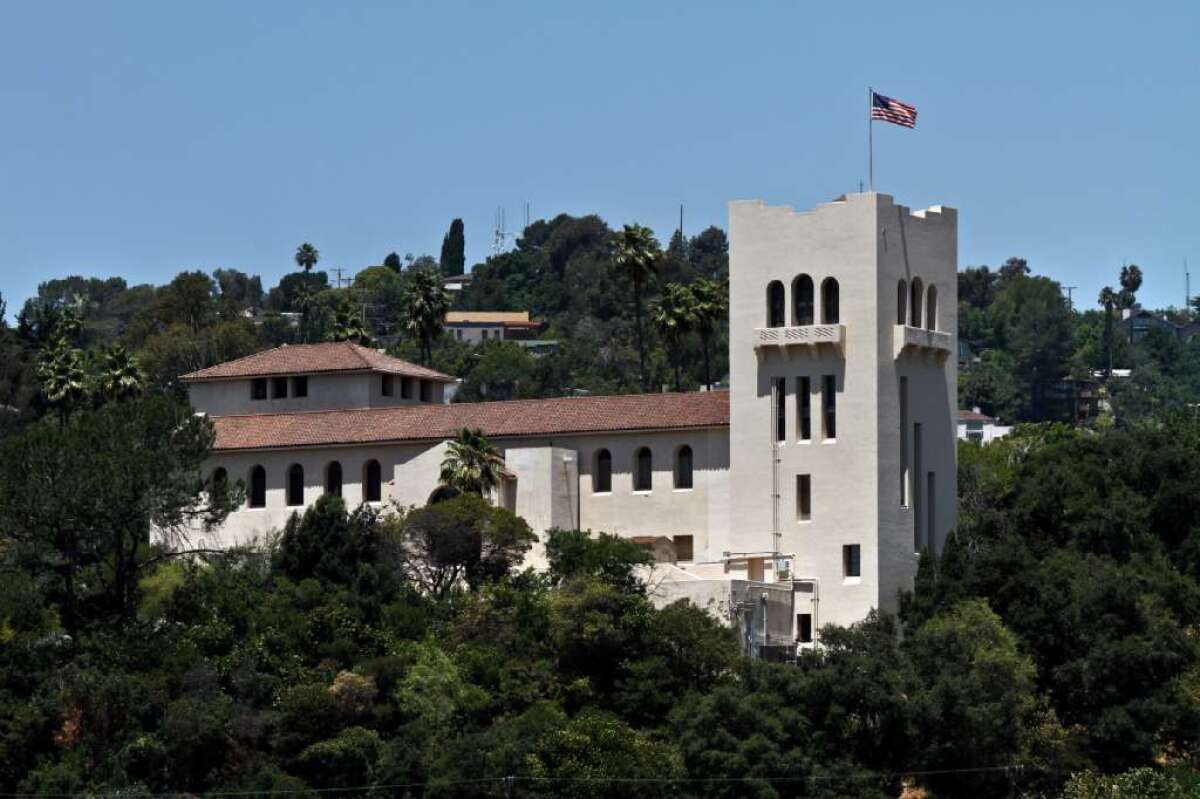
The 101-year-old Southwest Museum in Los Angeles. A new report is coming out that compiled various viewpoints about what the little-used site’s future should hold.
- Share via
A new report that distills competing viewpoints about one of Los Angeles’ most stubborn cultural issues -- what to do about the nearly dormant Southwest Museum site in Mount Washington -- could be a useful first step in breaking a decade-long deadlock, the people who compiled the report say.
The National Trust for Historic Preservation, which has declared the 101-year-old, castle-like museum building a “national treasure,” will officially present the report at a public meeting Monday evening.
In January, the National Trust, America’s leading private organization for saving and reviving historic sites, committed to the role of referee, conciliator and key planning consultant in an effort to chart a better future for the Southwest.
SIGN UP for the free Essential Arts & Culture newsletter >>
The building is open only on Saturdays, with a single exhibit from the prized collection of Native American art and artifacts that once filled it.
Its owner, the Autry Museum of the American West in Griffith Park, absorbed the financially teetering Southwest Museum of the American Indian in 2003. A sometimes caustic debate over the Autry’s stewardship broke out a few years later and remained unresolved when the National Trust stepped in.
The collection, which the Autry has spent millions to restore after years of neglect, is now in Burbank at a research and collection storage center the Autry created after its plans to expand on city-owned land in Griffith Park were denied five years ago.
Opposition from neighborhood supporters of the Southwest Museum’s revival who felt the Autry had hijacked the collection and abandoned the building was crucial in the city council’s refusal to allow the expansion.
The council required a promise that the Autry also fully revive the Southwest Museum site, and the Autry refused, saying it was unaffordable.
Instead the Autry is renovating the lower level of its current building, carving out galleries for permanent Native American exhibits that are expected to open next fall.
The core issue in the long-running dispute is whether it’s realistic to think that the Southwest can ever be something akin to what it once was – a major showcase for L.A.’s oldest museum collection, which key founder Charles Lummis had begun amassing even before the Southwest Museum was chartered in 1907.
Its privately funded building opened in 1914, a year after L.A.’s oldest museum building, which is now the rotunda of the Natural History Museum of Los Angeles County in Exposition Park.
The report by the National Trust acknowledges there’s still a gulf between the two sides. Residents of the neighborhoods nearest the Southwest Museum insist that a viable museum is possible. The Autry and some outside cultural leaders contend that the costs of bringing the building up to 21st century museum standards and then financing its operations would be prohibitive.
The report is based on interviews -- most of them one-on-one -- between National Trust staff members and 87 “stakeholders.” Almost two-thirds of the interviewees live or work in three northeast Los Angeles neighborhoods near the museum -- Mount Washington, Highland Park and Eagle Rock.
Others are cultural professionals, including the directors of USC’s Fisher Museum of Art and UCLA’s Fowler Museum; Laura Zucker, executive director of the Los Angeles County Arts Commission; and leading local experts on renovating and preserving historic buildings.
This community has a dream to reopen this great museum. I want to keep the dream open.
— Carol Teutsch, a Mt. Washington resident
“Despite disagreements over the museum function and the collection, the interviews revealed a growing willingness to work collaboratively toward a shared vision,” the report said, noting that possibilities to be explored include partitioning the site to accommodate other uses alongside a smaller museum. The Southwest “inspired deep feelings and strong passions, and many are adamant that this site is simply too important to remain largely empty and underutilized.”
National Trust staff members Chris Morris and Amy Webb are leading its efforts to revive the Southwest building and its steep 12-acre grounds. They said in an interview that they hope a firm plan for the Southwest will be in place by the end of 2016, identifying how it should be used, and laying out a business plan for its operations. Donors and government funding will likely to be crucial to any new vision’s success.
Ultimately it will be up to the Autry, which owns the Southwest Museum, to decide whether to accept recommendations that come out of the planning process.
The report on stakeholders’ viewpoints didn’t try to gloss over some serious disagreements that will have to be bridged.
“Interviewees held starkly different perspectives about the amount of money that realistically could be raised” to fix and operate the Southwest as a fully functioning museum, the report says.
“In general, longtime local residents from the surrounding neighborhoods were much more optimistic about the sustainability of a museum focused on the [Native American] collection. These interviewees believed that as long as there is a consensus and a will to move forward, there is ample public and private funding…in Los Angeles to support an ambitious vision” for restoring the Southwest to its original function as a museum of Native American culture.
But, the report goes on to note, “other interviewees -- particularly… museum professionals, political and government leaders and philanthropists -- were more skeptical about the longterm financial viability” of going all-in on a revived museum.
That part of the report troubled Carol Teutsch, a Mount Washington resident who wants to see a vibrant museum – and who will serve on a newly formed 15-member “steering committee” that will make key recommendations that could shape the outcome.
“We think maybe there’s a little bias creeping in by presenting it that way,” Teutsch said in an interview. “If you imply that the community is not realistic and the experts are the only ones with reality, it concerns me. I want doors to be open. This community has a dream to reopen this great museum. I want to keep the dream open.”
She said that the starting point for the discussion should be whether it’s possible to revive the Southwest Museum as primarily a showcase for its historic Native American collection, which is big enough to stock several museums, and related exhibitions. Teutsch said she’s open to the idea that retail and restaurant operations might have to be carved into the building to supply some of the money the museum operation will need.
The Autry Museum’s president, W. Richard West Jr., said he was encouraged by signs in the report that there’s a willingness to engage in constructive discussions about the Southwest Museum’s future.
“It has been very difficult in the past to create even the psychology and the sense that there was a long-range, sustainable solution here,” West said. “Now all parties are more hopeful. The will has been demonstrated, and there will almost inevitably be an outcome that’s sustainable.”
The Autry has two representatives on the steering committee, including its board chairman, Marshall McKay. The neighborhoods near the Southwest also have two members, Teutsch and Frank Parrello, president of the Eagle Rock Valley Historical Society.
Others include historic preservation experts and advocates, staffers for Los Angeles City Council member Gil Cedillo and Los Angeles County Supervisor Hilda Solis, faculty members from Occidental College and USC, including Fisher Museum director Selma Holo, and Tracy Stanhoff, president of the American Indian Chamber of Commerce of California.
The report lays out coming steps. One is the release, probably early next year, of results of a broader online survey in which 1,600 respondents gave their views on the Southwest Museum. Another is hiring a consultant – also probably early next year -- to do a “market and use” analysis of what kinds of attractions, programs or businesses might be able to succeed at the site.
Architectural consultants and consultants on forming a business plan are also expected to be engaged. The National Trust staffers said that everything will be made public, including the consultants’ reports.
“Our goal is to be open and transparent and open up the conversation and include as many voices as we could,” said Morris, who heads the National Trust’s Los Angeles office. Conversations also have begun about who potential donors might be for a revived Southwest Museum.
“Money is a key question,” said Webb, who has special expertise in “heritage tourism” – attracting people to historic sites, including 31 that the National Trust itself operates around the country.
“Nobody at this point is stepping up with a lot of money on the table,” Webb said. She added that it’s not realistic to expect donors to emerge until there’s a consensus in the community about what to do and a blueprint for doing it. The report says that some of the people interviewed think the history of discord around the site could hurt its funding prospects.
Los Angeles museum history has multiple precedents in which a single key donor made big things happen -- with the Autry’s opening in 1988 as one of the examples.
But Morris said it’s prudent not to count on a single billionaire adopting the Southwest Museum and emerging as the angel of its resurrection.
“The deep-pocketed individual who funds all the cost is more the exception than the rule,” she said. More likely, she said, a sustainable Southwest – whatever it is going to offer -- will need a combination of private donors, government funding, and earnings from business operations such as a gift shop, restaurant and venue rentals.
The report will be presented Monday at 7 p.m. at Ramona Hall, 4580 N. Figueroa St., Los Angeles.
Follow @boehmm of the L.A. Times for arts news and features
ALSO:
Bill Cosby art collection: How the National Museum of African Art shot itself in the foot
‘Much anger’ and ‘ahhh-mazinggg’: Yelp reviews the new Broad museum
First look inside LACMA’s Rain Room: an indoor storm where you won’t get wet...honest
More to Read
The biggest entertainment stories
Get our big stories about Hollywood, film, television, music, arts, culture and more right in your inbox as soon as they publish.
You may occasionally receive promotional content from the Los Angeles Times.
